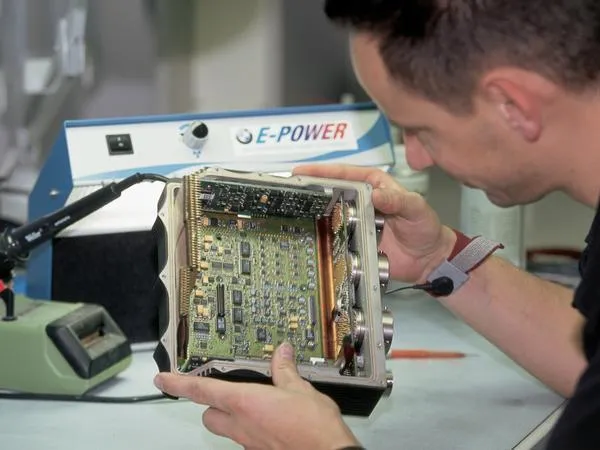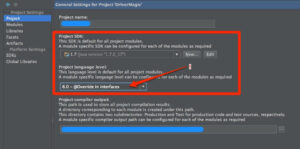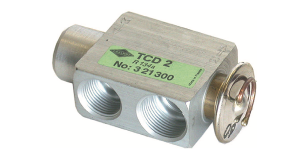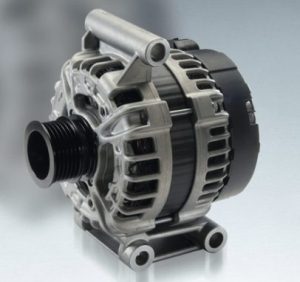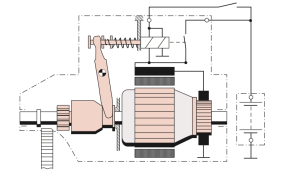Electronic Control Units (ECUs) are an essential part of modern-day vehicles. They are responsible for controlling various electronic systems such as engine management, transmission control, anti-lock brakes, and much more. ECUs are small computers that communicate with the different components of the vehicle, and they are essential for ensuring the safety, reliability, and efficiency of a vehicle.
ECUs are found in every modern vehicle, and they are responsible for managing various functions. The most important function of an ECU is to control the engine management system. The ECU monitors the engine’s performance and makes adjustments to the fuel injection, ignition timing, and other engine parameters to ensure the engine is operating efficiently.
In addition to engine management, ECUs also control other electronic systems such as transmission control. The ECU communicates with the transmission to ensure smooth gear changes and optimum shift points. It also controls the torque converter, which is responsible for transmitting power from the engine to the transmission.
ECUs also control anti-lock brakes. The ECU monitors the speed of each wheel and adjusts the braking force to prevent wheel lockup, which can cause the vehicle to skid. This system is essential for ensuring the safety of the vehicle.
Another critical system that ECUs control is the airbag system. The ECU monitors various sensors to determine if an accident has occurred, and if so, it deploys the airbags. This system is crucial for protecting the occupants of the vehicle in the event of an accident.
In addition to these critical systems, ECUs also control various other electronic systems such as climate control, audio systems, and navigation systems. These systems are responsible for ensuring the comfort and convenience of the occupants of the vehicle.
ECUs are made up of various components, including a microprocessor, memory, input/output circuits, and communication interfaces. The microprocessor is the brain of the ECU, and it executes the software instructions that control the various electronic systems. The memory is used to store the software instructions, while the input/output circuits are used to communicate with the various components of the vehicle.
Communication interfaces are used to allow the ECU to communicate with external devices such as diagnostic tools. These interfaces are essential for diagnosing and repairing faults in the various electronic systems of the vehicle.
In conclusion, ECUs are an essential part of modern-day vehicles. They are responsible for controlling various electronic systems such as engine management, transmission control, anti-lock brakes, and much more. ECUs ensure the safety, reliability, and efficiency of a vehicle, and they are critical for ensuring the comfort and convenience of the occupants of the vehicle. As vehicles become more advanced and incorporate more electronic systems, the importance of ECUs will only continue to grow.
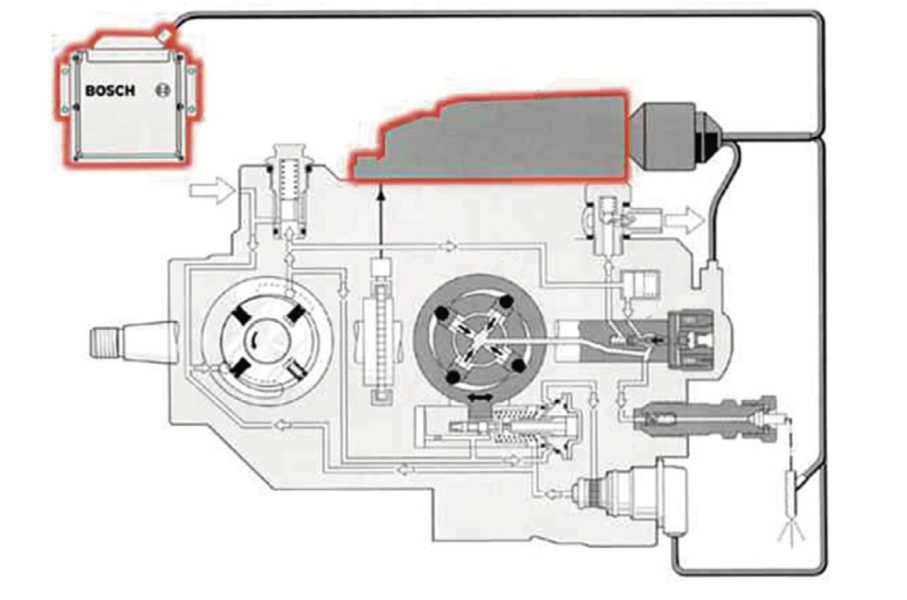
ECUs are often described as the “brain” of a vehicle’s electronic systems. They are responsible for monitoring and controlling various components, sensors, and systems within the vehicle. ECUs use software to interpret signals from sensors and make decisions based on the data received.
One of the key benefits of ECUs is their ability to make real-time adjustments to vehicle systems based on changing conditions. For example, the ECU in a modern engine management system can adjust the air/fuel ratio, ignition timing, and other parameters based on factors such as engine speed, throttle position, and ambient temperature. This allows for more precise control of the engine and can result in improved performance, better fuel efficiency, and reduced emissions.
ECUs are typically made up of several different components, including:
- Microprocessor: This is the central processing unit (CPU) of the ECU. It executes software instructions and performs calculations based on input from sensors and other components.
- Memory: ECUs use different types of memory to store data and software. ROM (read-only memory) is used to store permanent instructions, while RAM (random-access memory) is used for temporary data storage.
- Input/output circuits: These circuits allow the ECU to communicate with sensors, actuators, and other components in the vehicle. They can also interface with diagnostic tools to allow for testing and troubleshooting.
- Communication interfaces: These interfaces allow the ECU to communicate with other systems outside the vehicle, such as diagnostic tools or wireless networks.
One of the challenges of working with ECUs is that they are often specific to a particular make and model of vehicle. This means that technicians who work on vehicles need to be trained in the specific ECU used in the vehicle they are working on. Additionally, ECUs can be complex and difficult to diagnose when problems occur. This is where specialized diagnostic tools and software can be helpful for identifying and troubleshooting issues with ECUs and related systems.
Despite these challenges, ECUs have revolutionized the way vehicles are designed, built, and operated. They allow for more precise control of vehicle systems, better fuel efficiency, improved safety features, and more. As vehicles continue to become more complex and incorporate more electronic systems, the role of ECUs will only continue to grow in importance.

